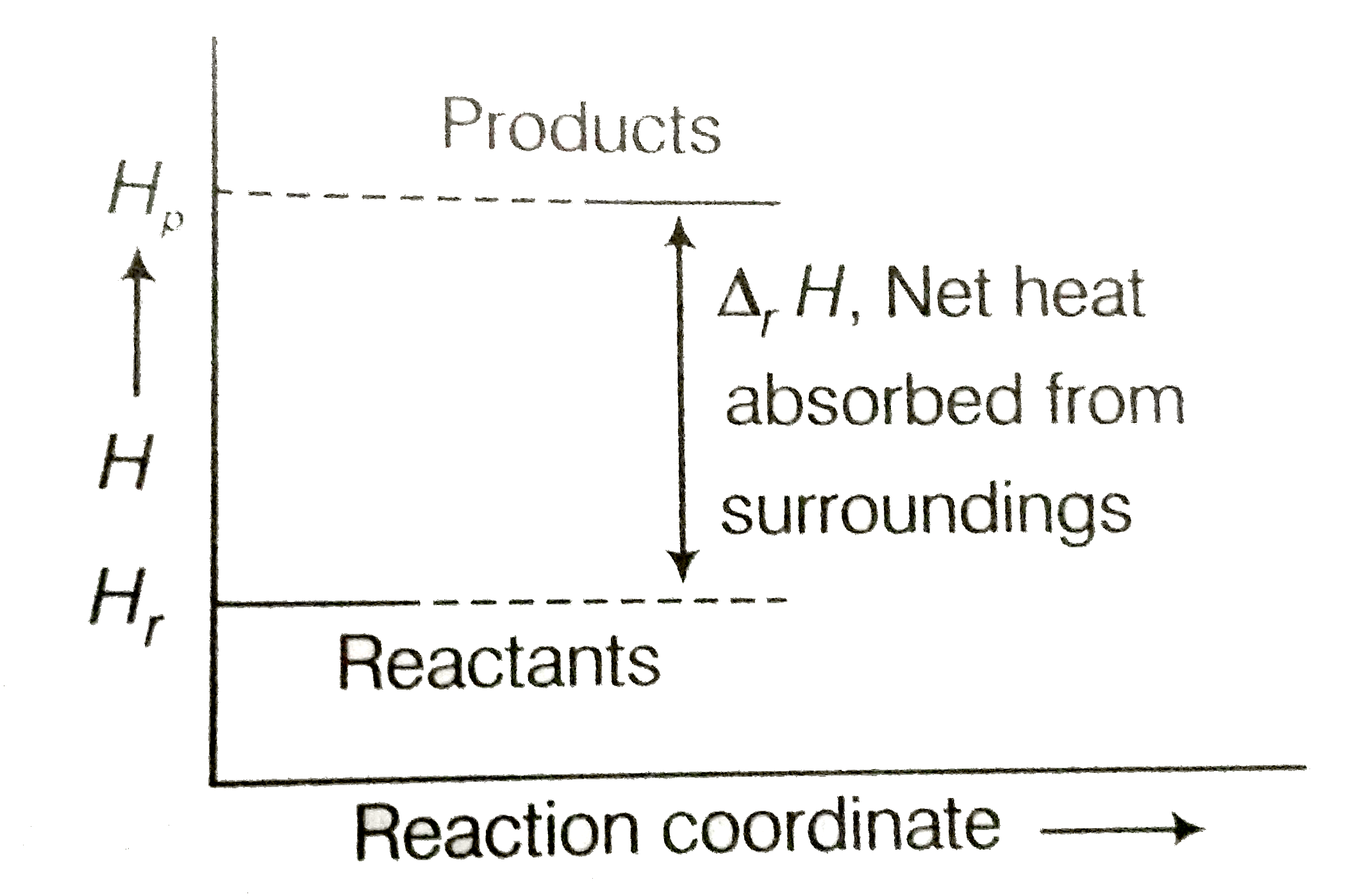The force responsible for the spontaneity of a reaction is called ......
driving force
Topper's Solved these Questions
- BOOK - ICSECHAPTER - CHEMICAL THERMODYNAMICS EXERCISE - ASSERTION -REASON TYPE QUESTIONS9videos
CHEMICAL THERMODYNAMICS
- BOOK - ICSECHAPTER - CHEMICAL THERMODYNAMICS EXERCISE - NUMBERICAL PROBLEMS18videos
CHEMICAL THERMODYNAMICS
- BOOK - ICSECHAPTER - CHEMICAL THERMODYNAMICS EXERCISE - TRUE OR FALSE. TYPE QUESTIONS24videos
CHEMICAL THERMODYNAMICS
- BOOK - ICSECHAPTER - CHEMICAL BONDING AND MOLECULAR STRUCTUREEXERCISE - NCERT TEXT-BOOK EXERCISES ( WITH HINTS AND SOLUTIONS)47videos
CHEMICAL BONDING AND MOLECULAR STRUCTURE
- BOOK - ICSECHAPTER - CLASSIFICATION OF ELEMENTS AND PERIODICITY IN PROPERTIESEXERCISE - NCERT TEXT-BOOK. EXERCISE (With Hints and Solutions)63videos
CLASSIFICATION OF ELEMENTS AND PERIODICITY IN PROPERTIES
Similar Questions
Force responsible for the ascent of sap is
View SolutionFree enegry , G=H−TS, is state function that indicates whther a reaction is spontaneous or non-spontaneous. If you think of TS as the part of the system's enegry that is disordered already, then (H−TS) is the part of the system's energy that is still ordered and therefore free to cause spontaneous change by becoming disordered.
Also, ΔG=ΔH−TΔS From the second law of thermodynamics, a reaction is spontaneous if ΔtotalS is positive, non-spontaneous if ΔtotalS is negative, and at equilibrium if Δ'→talS is zero.
Since, −TΔS=ΔG and since ΔG and ΔS have opposite sings, we can restate the thermodynamic criterion for the spontaneity of a reaction carried out a constant temperature and pressure.
IF ΔG<0, the reaction is spontaneous.
If ΔG>0, the reaction is non-spontaneous.
If ΔG=0, the reaction is at equilibrium.
Read the above paragraph carefully and answer the following questions based on the above comprehension.
For the spontaneity of a reaction, which statement is true?View Solution
Knowledge Check
- Question 1 - Select One
The force responsible to hold the atoms together in a molecule is called
Achemical kineticsBchemical bondingCchemical thermodynamicsDchemical equilibrium - Question 2 - Select One
The spontaneous nature of a reaction is impossible if
AΔH is +ve,ΔS is also +veBΔH is −ve,ΔS is also - veCΔH is −ve,ΔS is + veDΔH is +ve,ΔS is -ve
Necessary conditions for spontanity of a reaction ________
View SolutionWhich one of the following options is correct for the spontaneity of the reaction?
View SolutionName the force responsible for surface tension in liquids.
View SolutionName the force which is responsible for the formation of an electrovalent bond.
View SolutionEnthalpy diagram for a particular reaction is given in figure. Is it possible to decide spontaneity of a reaction from given diagram. Explain.
 View Solution
View SolutionA spontaneous process is also called a ...... process.
View Solution

